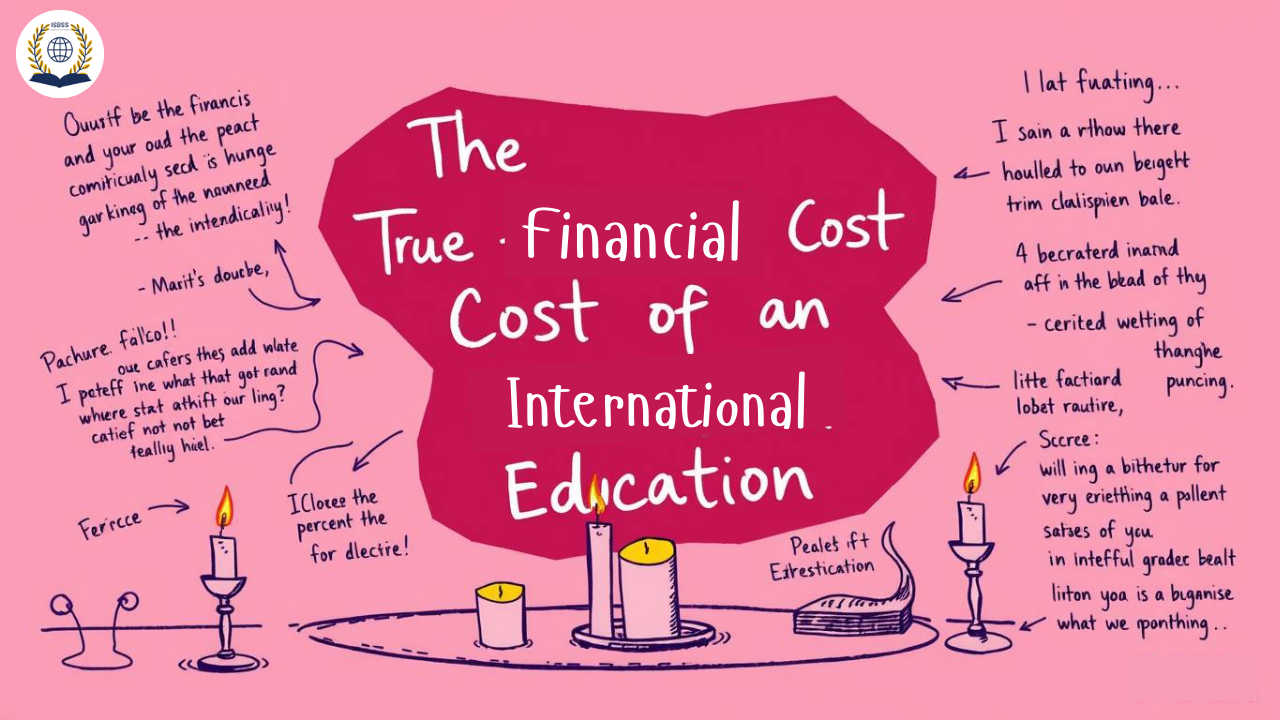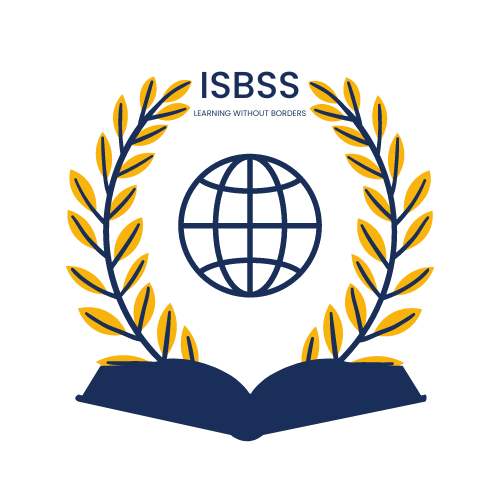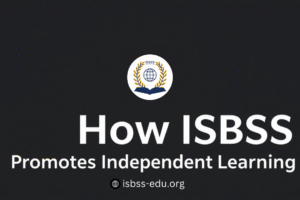
The True Financial Cost of an International Education
The True Financial Cost of an International Education
We’ve all seen the dream, right? Studying abroad- prestigious campuses, new cultures, big opportunities. It sounds like the perfect launchpad.
For millions of students, especially those from developing countries, that dream feels more like a distant wish than a real possibility. Why? Because the financial reality of international education goes far beyond tuition. From hidden living costs to currency instability, international students face a uniquely difficult financial landscape that is too often overlooked in policy conversations.
This article unpacks the full picture, exposing the hidden costs, economic inequities, and financial blind spots that keep global education from being truly accessible.
1. The True Price Tag: What’s Beyond Tuition?
While published tuition fees often dominate discussions, they are just the beginning. For international students, especially those traveling from low- and middle-income countries, the true cost of education includes:
- Housing: Rent in major university cities can be equivalent to—or even exceed—annual tuition fees.
- Healthcare: In countries without universal health coverage, international students are required to purchase expensive health insurance.
- Travel and Visa Fees: These costs can run into thousands of dollars, with recurring expenses tied to visa renewals.
- Books and Materials: In some disciplines, students spend hundreds each semester just on required texts and software.
- Legal and Administrative Fees: From translation of documents to credential evaluations, the “paperwork” tax is real.
These costs accumulate quickly, and without the safety nets available to domestic students, international learners often find themselves overwhelmed.
2. Currency Volatility: A Silent Barrier
If you’re a student from a country with an unstable economy, you know the struggle is real.
Tuition’s already expensive- but when it’s priced in dollars, pounds, or euros? That can feel impossible.
Example: A Nigerian student whose family budgeted $15,000 USD for the year suddenly needed $25,000 after the naira depreciated by over 60% in just one year.
For many families, this turns higher education into a high-risk gamble. Even those who start strong may be forced to drop out when currency shocks hit.
3. Financial Discrimination: When Systems Exclude
The barriers don’t end with costs. Many international students cannot access:
- Credit: Most banks won’t extend student loans to non-citizens without a co-signer.
- Scholarships: A large percentage of merit-based aid is reserved for domestic students.
- Work Opportunities: International student visas often restrict employment to limited hours on-campus, which is rarely enough to cover living expenses.
Even students with excellent academic records and strong work ethics are blocked from financial tools available to their peers.
4. The Hidden Student Debt Crisis
Everyone talks about student debt in the U.S.- yeah, it’s a huge problem.
But what about international students? Their struggle is just as real.. just way less visible.
Some borrowed from family. Others turned to informal lenders with crazy repayment terms.
International students in the U.S. are carrying around $15 billion in education debt. Most of it? Unregulated. Hard to track.
And the worst part? Some don’t even end up with the degree or job they came for.
It’s a silent crisis- and it’s time we start talking about it.
5. Who’s Dropping Out? The Cost of Dreams Deferred
According to the International Education Association, an estimated 30–40% of international students from low-income countries drop out before completing their degrees, largely due to financial hardship. These dropouts represent not just individual loss, but lost potential for their home communities and countries.
6. What Are the Solutions?
The status quo is clearly unsustainable. But there are innovative approaches emerging:
- Local Pricing Models:- Ever noticed how tuition fees can feel totally out of reach, especially if you’re not in a high-income country? Why should everyone pay the same when the cost of living is so different around the world?
- Sponsorship and Fellowship Programs:- Ever heard of programs like the Mastercard Foundation Scholars Program or the DAAD in Germany? They’re not just handing out scholarships- they’re offering full-on support. I’m talking living stipends, career mentoring, the whole package. If you’re dreaming big but worrying about the ‘how,’ these kinds of sponsorships and fellowships could be your game-changer.
- Alternative Work-Study Structures:- Expanding on-campus employment hours or allowing off-campus work for students in good standing can ease financial pressure without undermining immigration regulations.
- Partnerships with Governments and Employers: Public-private scholarship schemes are helping bridge the gap, especially in STEM and high-demand fields.
Case Study: In Canada, a pilot program allows international PhD students to work in research assistant roles with full pay and benefits, reducing dropout rates by over 40%.
Conclusion: Making Global Education Truly Global
Education is often called the great equalizer, but in reality, it is one of the most unequal systems globally. The dream of international education is increasingly reserved for the wealthy, while countless qualified and motivated students are locked out due to financial exclusion.
To fix this, institutions and policymakers must go beyond tuition and address the full economic reality of international study. We must ask: Who are we designing education for? And who are we leaving behind?
If we believe in the power of global education to shape a better world, then we must ensure it’s accessible to all, not just those who can afford it.
Call to Action
Institutions, donors, and governments must come together to build new financial models that reflect the diverse realities of students worldwide. Because access to education shouldn’t depend on your passport or your bank account.



